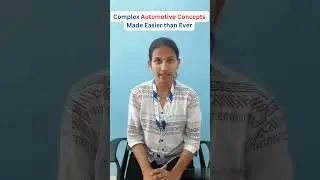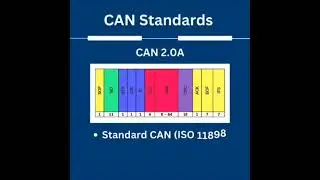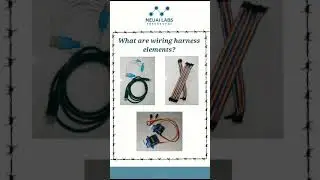Mastering Electric Drive Control in EVs
Electric drive control is a critical aspect of electric vehicles (EVs) that involves managing and optimizing the operation of the electric drive system. The electric drive system consists of the electric motor, power electronics, and associated control systems that work together to provide propulsion to the vehicle. Electric drive control encompasses various functions aimed at delivering efficient performance, smooth acceleration, and regenerative braking. Here's an overview of electric drive control in electric vehicles:
Key Aspects of Electric Drive Control:
Torque Control: Electric drive control involves regulating the torque output of the electric motor. Torque control is essential for achieving the desired acceleration and overall vehicle performance. Precise torque control enables the EV to respond quickly to driver inputs.
Speed Control: The control system manages the speed of the electric motor, which directly affects the vehicle's velocity. Speed control is vital for achieving smooth acceleration and maintaining a consistent speed during different driving conditions.
Regenerative Braking: Electric drive control enables regenerative braking, where the electric motor acts as a generator during braking. This process converts kinetic energy back into electrical energy, which is then used to recharge the battery. Regenerative braking enhances energy efficiency and extends the vehicle's range.
Throttle Response: Electric drive control influences the responsiveness of the vehicle to accelerator pedal inputs. Electric motors can deliver instantaneous torque, providing quick and linear throttle response.
Efficiency Optimization: The control system aims to maximize the efficiency of the electric drive system. This involves optimizing the motor's operating points and adjusting the power electronics to minimize energy losses during various driving scenarios.
Drive Modes: Electric vehicles often offer multiple drive modes, such as eco mode, sport mode, and normal mode. Electric drive control manages the parameters and characteristics of each mode to cater to different driver preferences and driving conditions.
Smooth Transitions: Smooth transitions between acceleration, deceleration, and steady-state driving are crucial for providing a comfortable and seamless driving experience. Electric drive control ensures these transitions are well-coordinated.
Limiting Peak Power: In high-performance electric vehicles, electric drive control can manage the delivery of peak power to prevent overheating and maintain the longevity of the electric motor and other components.
Temperature Management: Electric drive control monitors and manages the temperature of the electric motor and power electronics to prevent overheating and maintain optimal performance.
Integration with Other Systems: Electric drive control interacts with other vehicle control systems, such as traction control, stability control, and battery management, to ensure coordinated and safe operation.
Electric drive control requires a combination of sophisticated algorithms, real-time sensor data, and precise control over power electronics. It's a complex field that demands expertise in control systems, power electronics, motor dynamics, and software development. Engineers working on electric drive control continuously optimize algorithms and strategies to enhance the efficiency, performance, and overall driving experience of electric vehicles.































